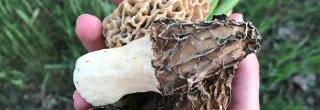
Foraging
Foraging can often be an overlooked and possibly intimidating activity, and it shouldn’t be. While our prairie landscape perhaps doesn’t boast quite the opportunities more forested environments do, there is nonetheless forage to be had.
Below are a few of the plants and fungi a determined forager can find growing wild in North Dakota.
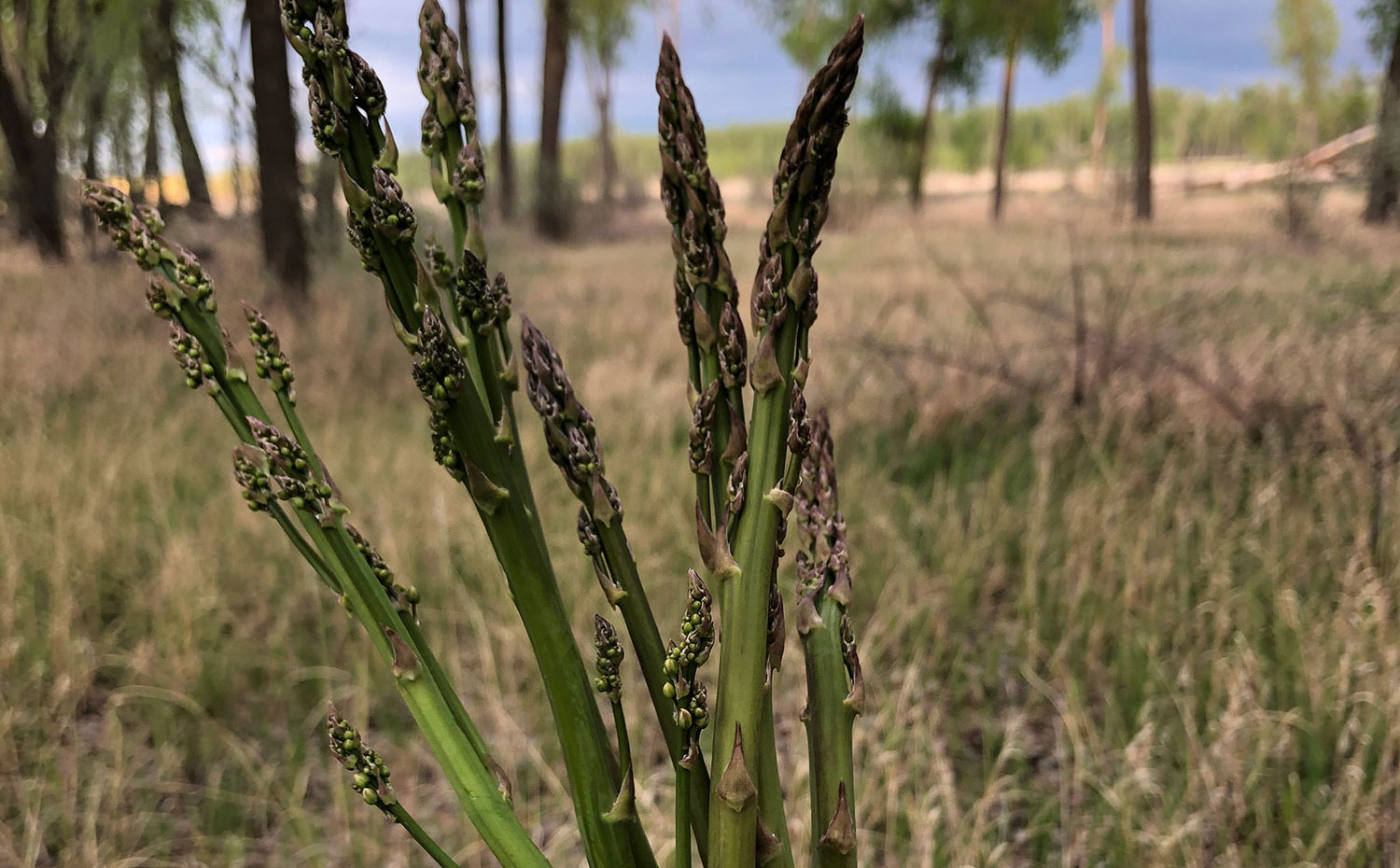
Asparagus
What: Wild-growing asparagus that actually is not native but escaped from cultivation and now exists in every state.
Where: Look for asparagus in moist and salty (saline) soils that get a lot of sun (ex. commonly found in road ditches). Asparagus grows in the same areas so if you find last year’s plants (very tall) check near the stem for this year’s spears.
When: May-June
Uses: Eat fresh, seared or grilled.
Resources: USDA Plants (zoom into North Dakota to see by county)
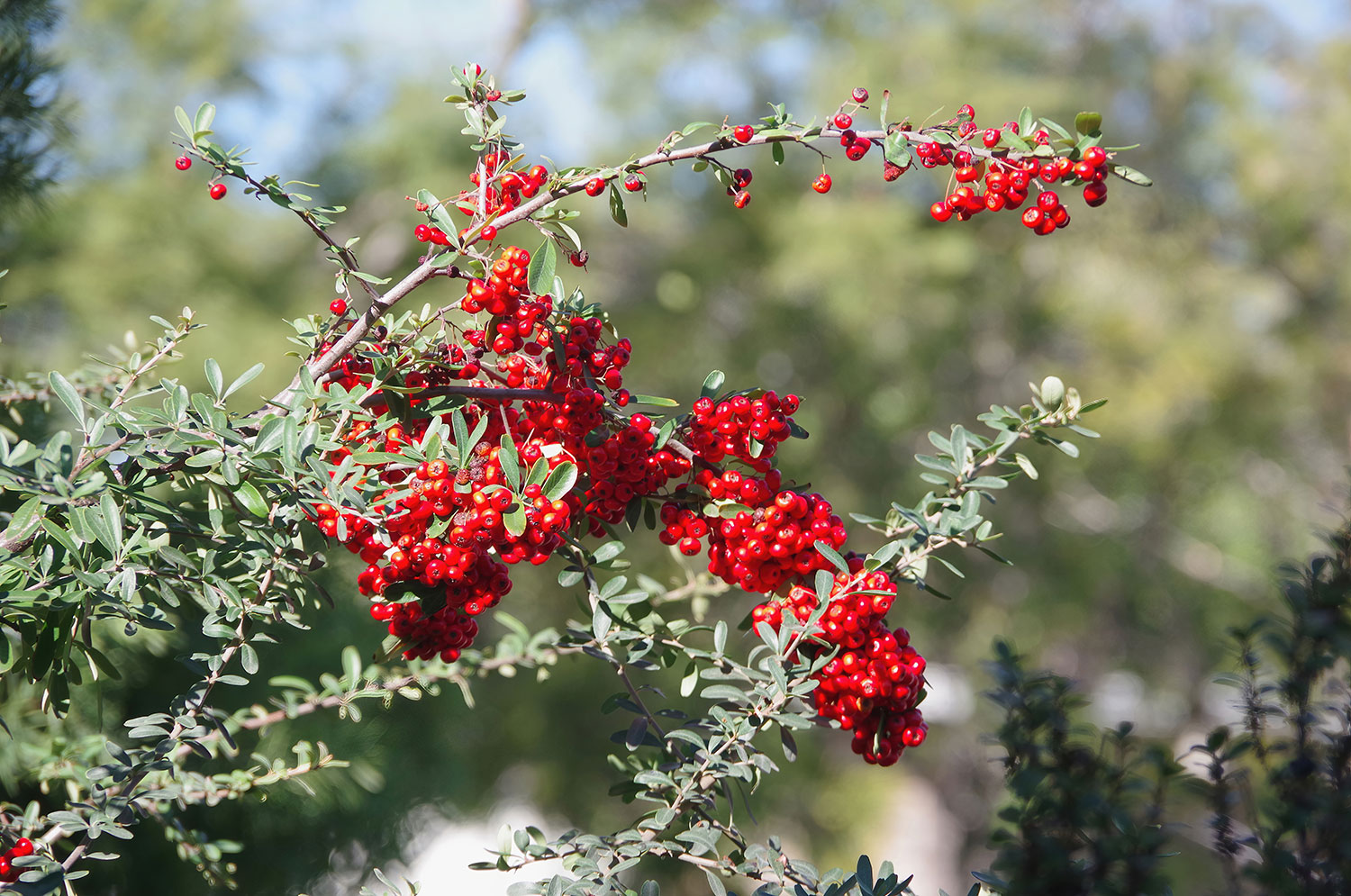
Buffaloberry
What: Sakakawea’ Silver Buffaloberry (Shepherdia argentea), a member of the oleaster family (Elaeagnaceae), is a small tree or shrub native to central and western North America. It grows to a height of about 15 feet. The leaves are silvery-green and the yellow flowers are impressive at the end of April. The berries are bright red and bitter until after early frost sweetens them a bit.
Where: Often found in open woods, ravines, and mixed shrub ecosystems.
When: Late- August and September
Uses: Buffaloberries are commonly used to make jelly, syrup and wine.
Resources: NRCS Plant Profile, NDSU Plant Prifile
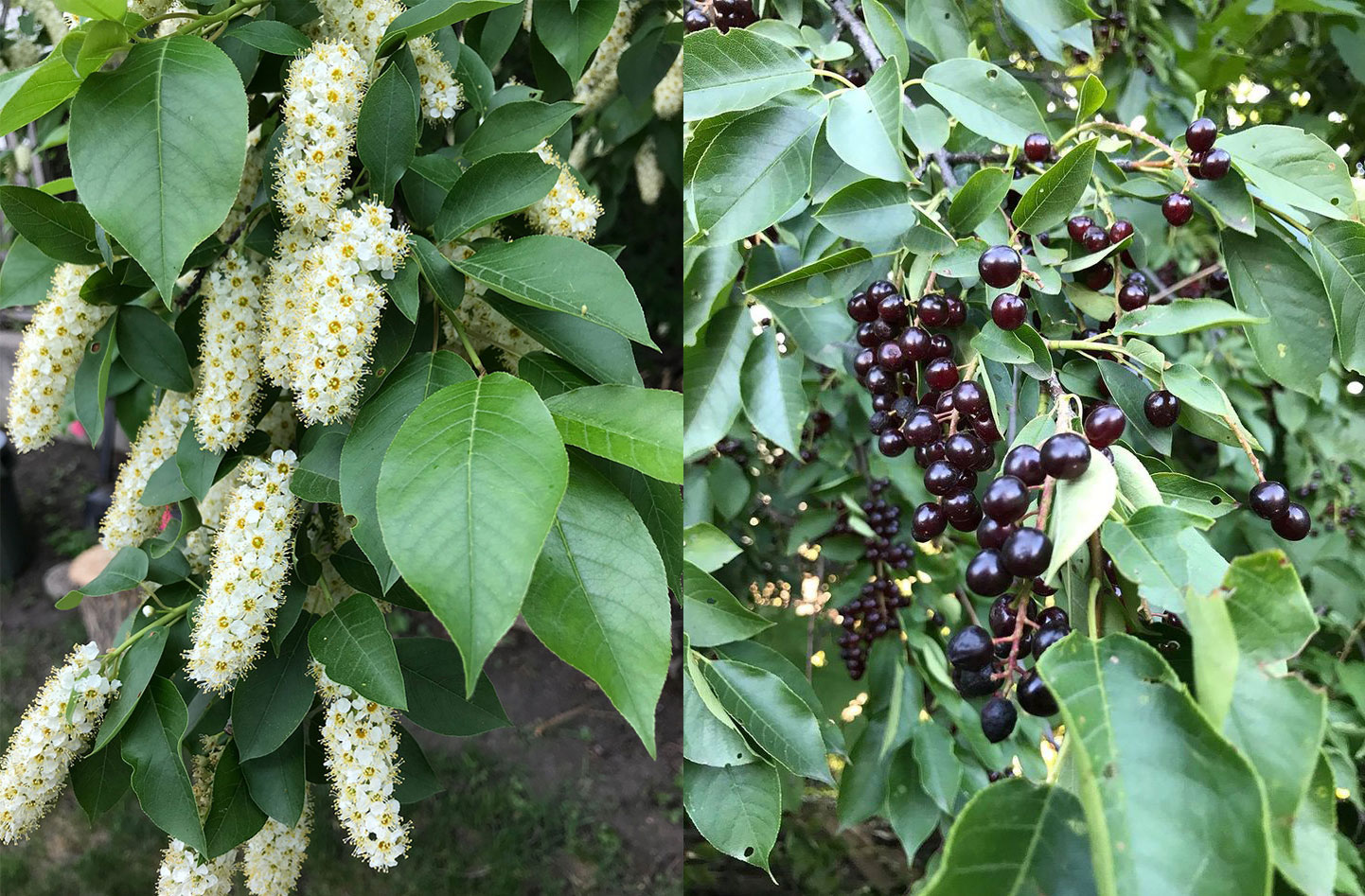
Chokecherry flowers (left) and berries (right)
Chokecherries
What: Chokecherry (Prunus virginiana), a member of the rose family, is the state fruit of North Dakota. This is a small tree or shrub grows to a height of 20 feet. The white flowers grow in clusters on the tips of branches and bloom in May.
Where: Often found in ravines and valleys.
When: Late-July and August
Uses: Chokecherries are commonly used to make jelly, syrup and wine.
Resources: USDA NRCS Plant Fact Sheet
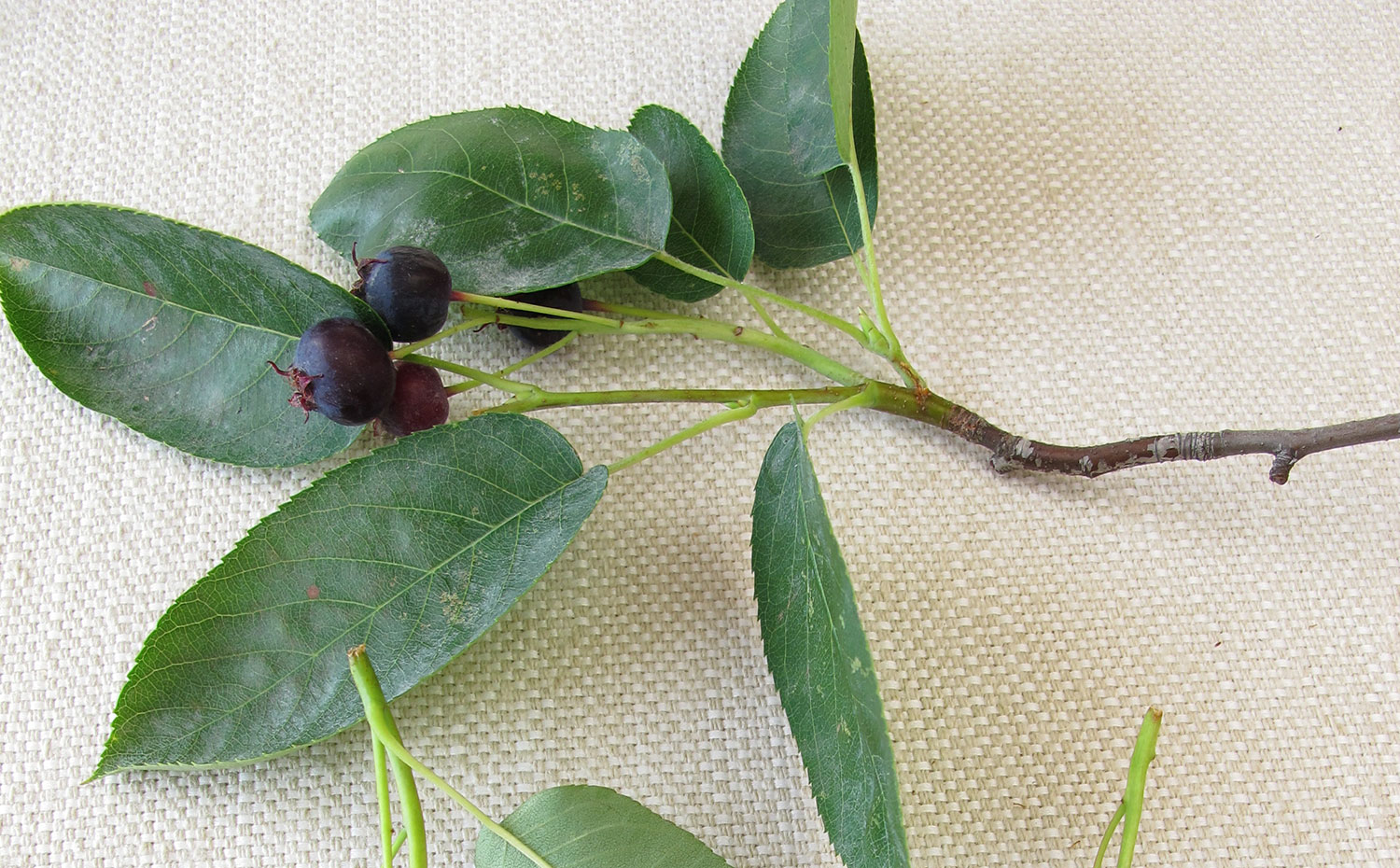
June Berries
What: June berry are a perennial shrub that can grow up to 10 feet but are usually shorter than that. The flowers are white with 5 petals which form in clusters as do the bluish-black fruits.
Where: Found on prairie hillsides, draws, and waterbody edges. Common in Northeastern North Dakota but can be found elsewhere too
When: Early-Mid July
Uses: Eat fresh, dried, or in baked goods (similar to blueberries)
Resources: Wild Seasons (Young, 1993), NDSU Article
Morel Mushrooms
What: Morels are an edible sac fungi. They have a honeycomb appearance and hollow stems.
Where: Look for morels in moist soils and decomposing wood, particularly elm, ash, cottonwood, or boxelders in North Dakota. Key in on river bottoms to find these types of trees. Morel may also be found in disturbed soils such as recently burned areas.
When: May-June
Uses: Add to pastas, pizzas, or simply sear them in a little butter and you have a perfect accompaniment to most any meal.
Resources: Learn more about foraging for morel in this The Drift post, Searching for Spring.
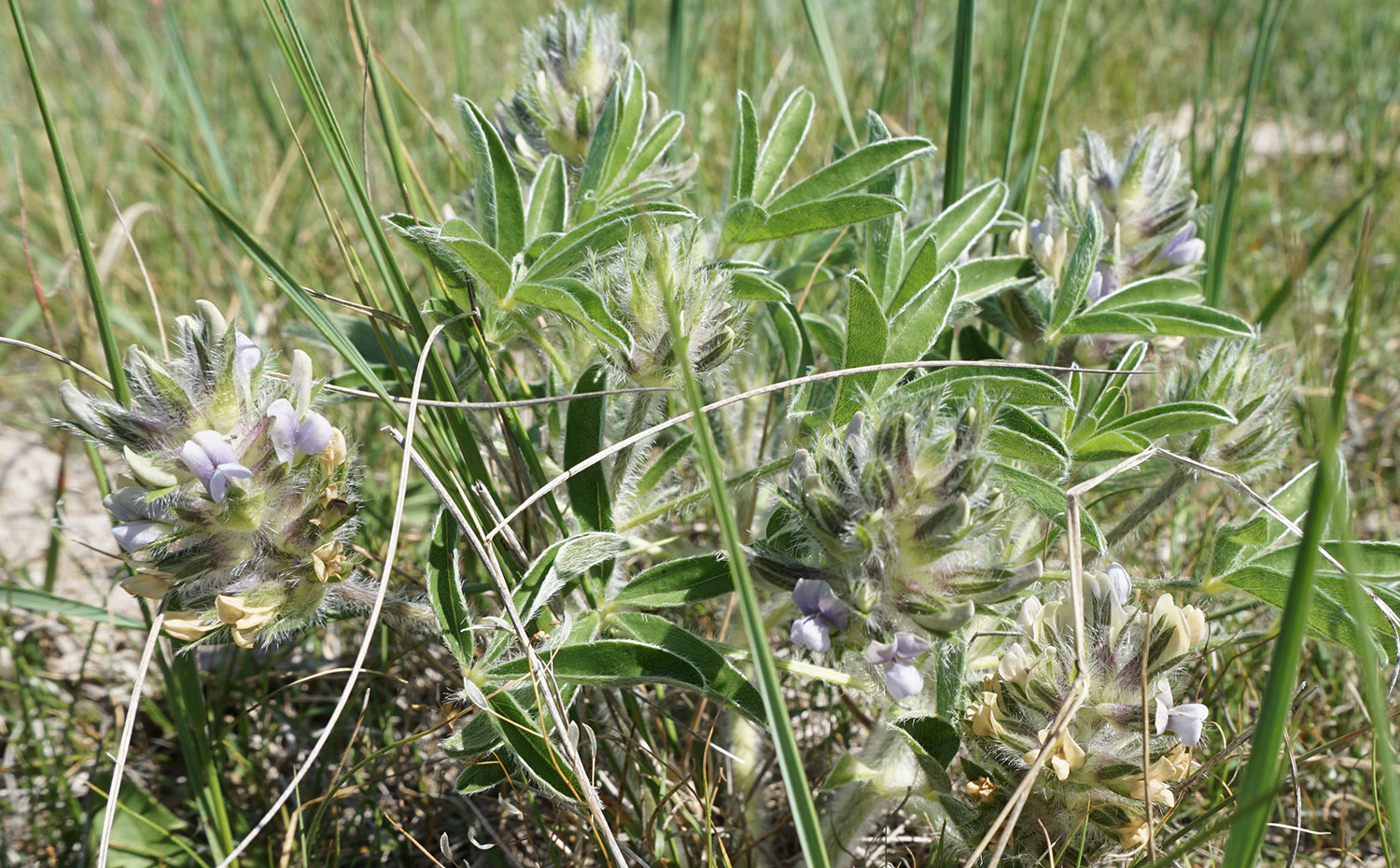
Prairie Turnip
What: A perennial plant with a large, thick taproot the size of an egg that resembles a turnip or potato; one of the most sought after wild food sources by Native Americans living on the plains.
Where: Undisturbed prairies, dry and rocky soils
When: June-July (when flowers are visibly blooming)
Uses: Root can be eaten raw or cooked (boiled, roasted, etc.) or ground into a flour
Resources: Edible Wild Plants of the Prairie (Kindscher, 1987), USDA Prairie Turnip Profile (zoom into North Dakota to see by county)
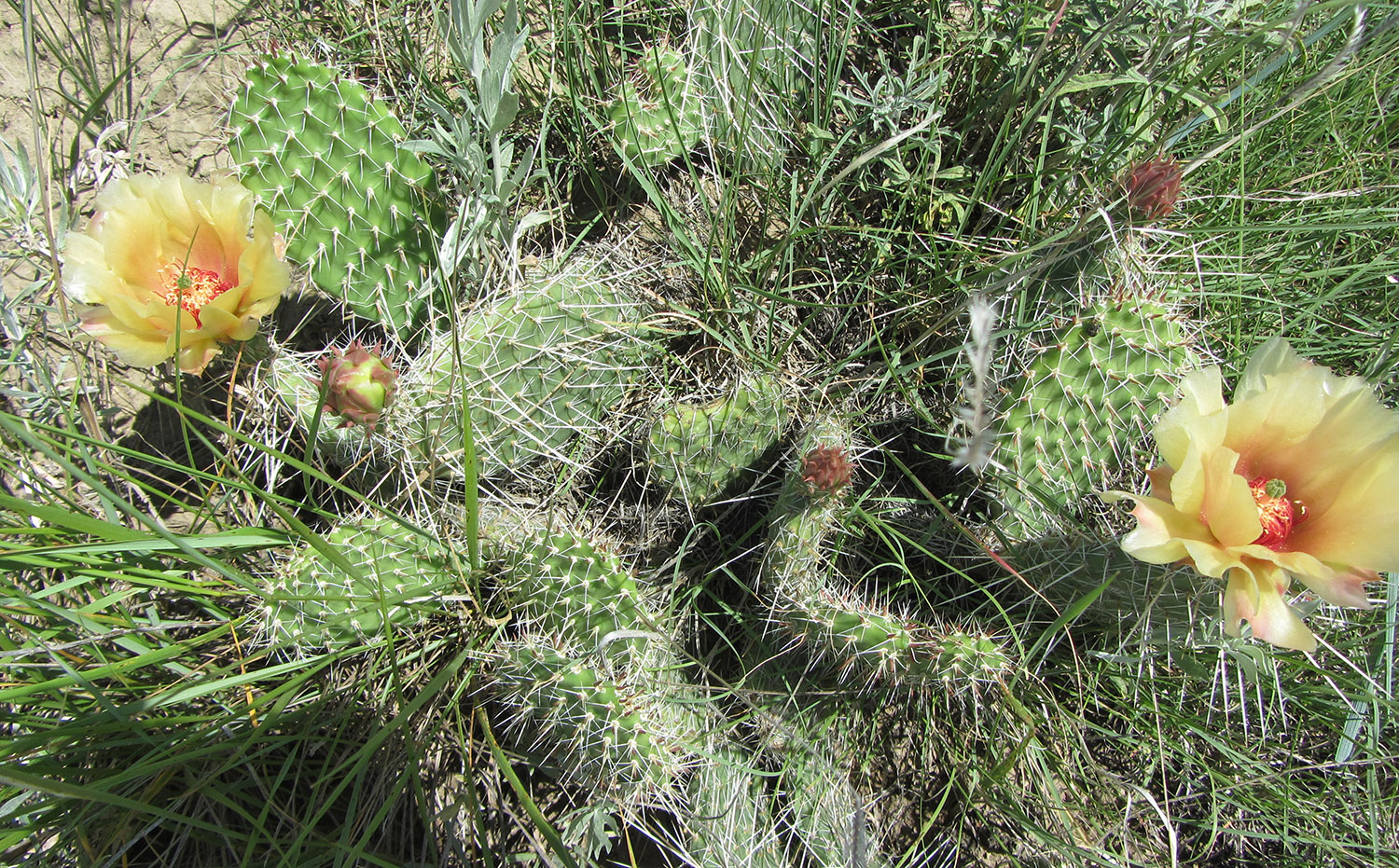
Prickly Pear Cactus
What: Prickly pear cactus are a perennial plant with flat pads covered in sharp spines. Yellow flowers bloom on the pad’s edge which eventually turn to small, oval pinkish-purple fruits. These fruits may contain smaller prickles called glochids that should be removed before eating.
Where: Prefer dry areas (prairies, deserts) with full sun. They are more common in western North Dakota. Note: While prickly pear cactus is common in North Dakota, the dry conditions and short growing season may result in dry, unpalatable fruits.
When: Late summer
Uses: Juice, jelly, and syrup
Resources: Wild Seasons (Young, 1993)
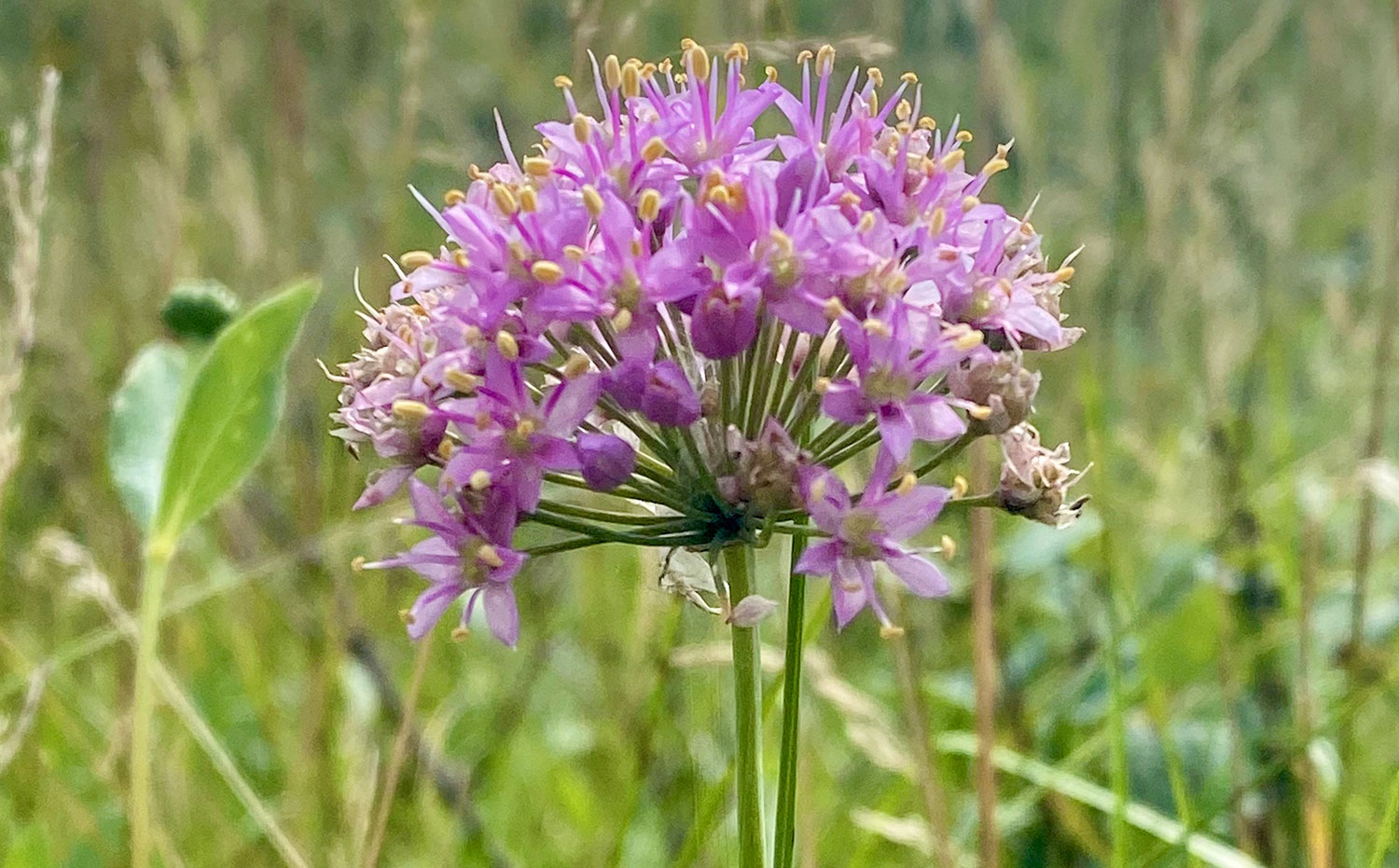
Wild Onion
What: Wild onion are a perennial flowering plant with round clusters of small, light purple flowers. The edible bulbs are 1-3 cm in diameter.
Where: Found in prairies, road ditches, or wet, open meadows
When: Blooms mid-July to mid-August, but best to harvest later summer or fall
Uses: Raw or cooked any way you’d use garden onions but, because the flavor is stronger, use more sparingly
Resources: Wild Seasons (Young, 1993), Edible Wild Plants of the Prairie (Kindscher, 1987), USDA Wild Onion Profile (zoom into North Dakota to see by county)

Wild Plum
What: Along with cherries and peaches, wild plums are in the Prunus genus. Plum trees can grow up to 30 feet high and form small, round tart fruits with a pit that range in color from bright pink to deep purple.
Where: Wild plum are broadly distributed across the United States in mixed-shrub and prairie ecosystems.
When: August-September
Uses: Wild plums can be eaten raw or boil down into jams, syrups, or wine.
Resources: USDA Plants (zoom into North Dakota to see by county)
